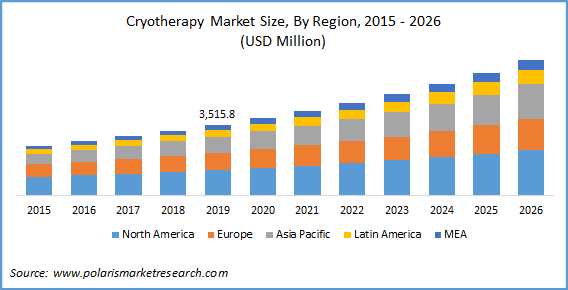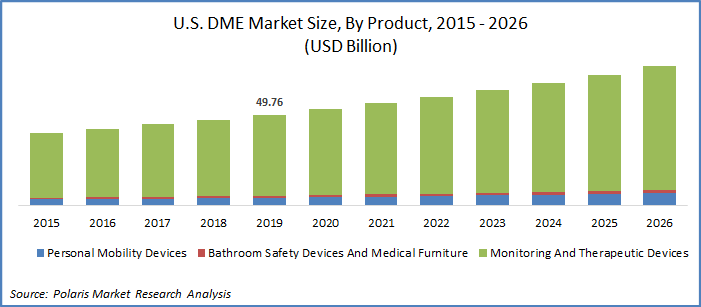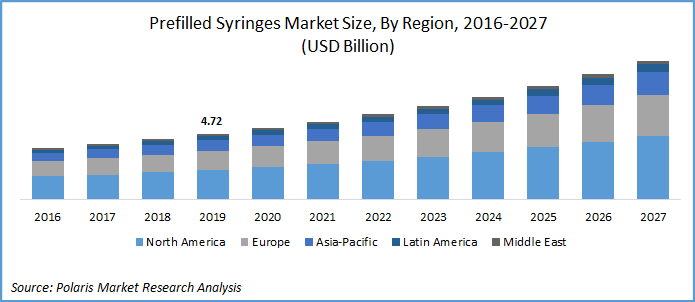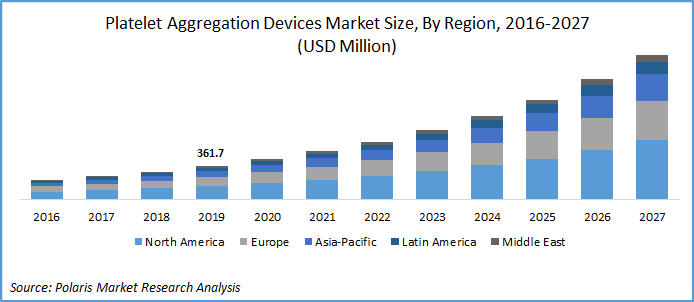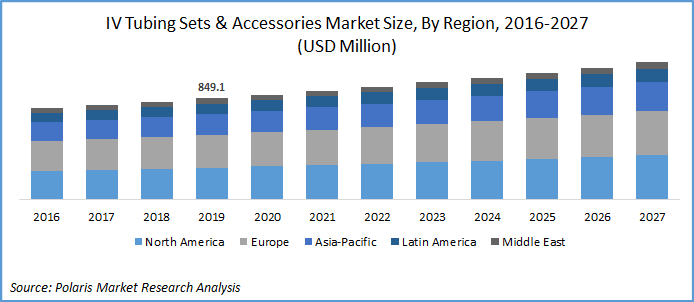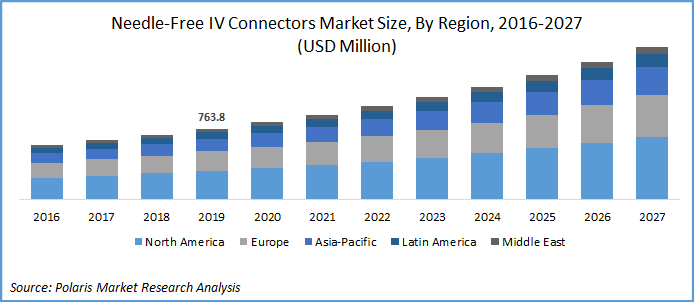The new report Global Myasthenia Gravis Disease Market is estimated to reach USD 2,538.6 million by 2026 from USD 1,012.2 million in 2017. The market is anticipated to grow at a CAGR of 10.8% during the forecast period.
Myasthenia gravis disease is a neuromuscular ailment that causes the weakness of skeletal muscles, that are used for body movement. MG Disease is generally caused by an autoimmune disease when communication between muscles and nerve cells becomes impaired. According to the Myasthenia Gravis Foundation of America, MG is relatively rare condition that affects approximately 14 to 20 out of every 100,000 people in the United States. Moreover, according to the National Institutes of Health (NIH), MG typically occurs in people over the age of 40 where Women are more likely to be diagnosed as younger adults. There is no exact cure for the MG disease. However, through appropriate diagnosis and medication treatment, the disease can be controlled over the time. The symptoms of the MG disease include facial paralysis, difficulty breathing due to muscle weakness, difficulty swallowing or chewing, drooping of eyelids, and trouble in walking.
Request for sample copy @ https://www.polarismarketresearch.com/industry-analysis/myasthenia-gravis-disease-market/request-for-sample
The global Myasthenia Gravis Disease market is majorly driven by the factor such as high incidences of neuromuscular disorders. Moreover, increasing number of clinical facilities across the region and rising consciousness about the treatment are other factors driving the market growth. However, the unfamiliarity with early symptoms as well as signs and high cost associated with the treatment are factors hampering the market growth.
Segment Analysis:
- Myasthenia Gravis Disease Market By Disease Type (Imaging (X-ray, Computed Tomography, Magnetic Resonance Imaging) Blood Tests, Electrodiagnostic, and Edrophonium Test);
- Myasthenia Gravis Disease Market By Treatment (Medication, Surgery, HSCT);
- Myasthenia Gravis Disease Market By End-User (Hospitals, Clinics, Academic Research Institutes) ;
- Myasthenia Gravis Disease Market By Region North America [U.S., Canada], Europe [Germany, UK, France, Italy, Spain, Belgium, Netherlands, Rest of Europe], Asia-Pacific [China, India, Japan, South Korea, Singapore, Malaysia, Rest of Asia-Pacific], Latin America [ Brazil, Mexico, Argentina, Rest of Latin America], Middle East and Africa [Israel, South Africa, Saudi Arabia, UAE, Rest of MEA]
The report provides an extensive qualitative and quantitative analysis of the market trends and growth prospects of the Global Myasthenia Gravis Disease Market, 2017-2026. This report comprises a detailed geographic distribution of the market across North America, Europe, APAC, Latin America, and MEA. North America is further segmented into U.S., Canada, and Mexico. Europe is divided into Germany, UK, Italy, France, and Rest of Europe. Asia-Pacific is bifurcated into China, India, Japan, and Rest of Asia-Pacific. In 2017, North America Myasthenia Gravis Disease Market was estimated to dominate the market growth due to high occurrence of disease such in North America.
Browse summary of this report with TOC @ https://www.polarismarketresearch.com/industry-analysis/myasthenia-gravis-disease-market
Competitive Landscape and Key Vendors
The leading companies profiled in the Myasthenia Gravis Disease Market report include Alexion Pharmaceutical Inc., Avadel Pharmaceuticals plc, CSL Behring, Grifols S.A., Baxter International Inc., Shire plc, Novartis AG, F. Hoffmann-La Roche AG, Takeda Pharmaceutical Company Limited, and Valeant Pharmaceuticals International Inc.
Geographically, North America accounted for the largest share in the global Myasthenia Gravis Disease Market in 2017. The major factors accounted for the high market growth includes high occurrence of disease such in North America. Moreover, Asia Pacific is estimated to generate the lucrative market growth during the forecast period. Growing initiatives by government and private organizations for generating novel control treatment are factors estimated to propel the myasthenia gravis disease market growth in Asia Pacific. In addition, increasing awareness about neuromuscular disorders and vast improvement are boosting the market growth in APAC.
Else Place Inquiry for Discount @ https://www.polarismarketresearch.com/industry-analysis/myasthenia-gravis-disease-market/request-for-discount-pricing

